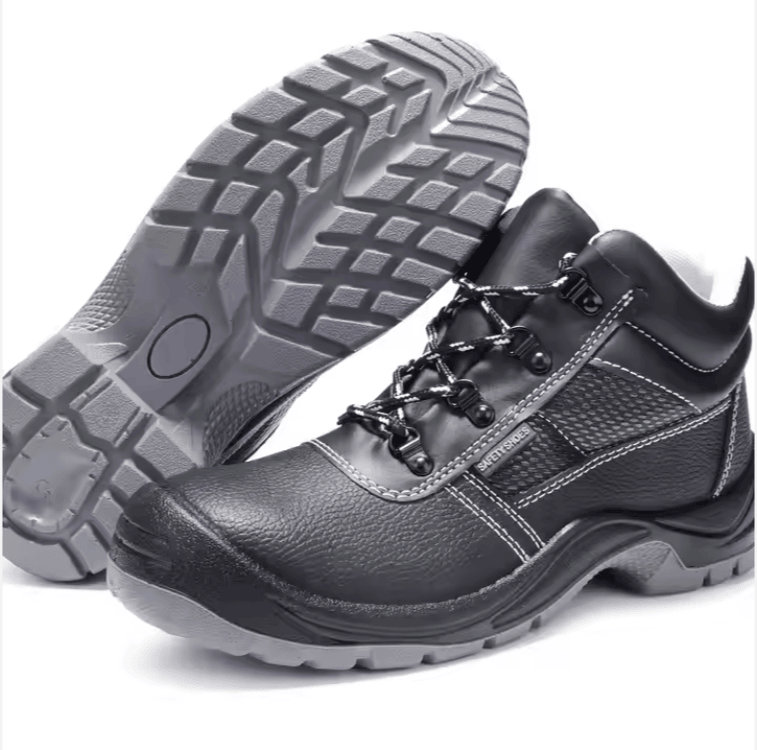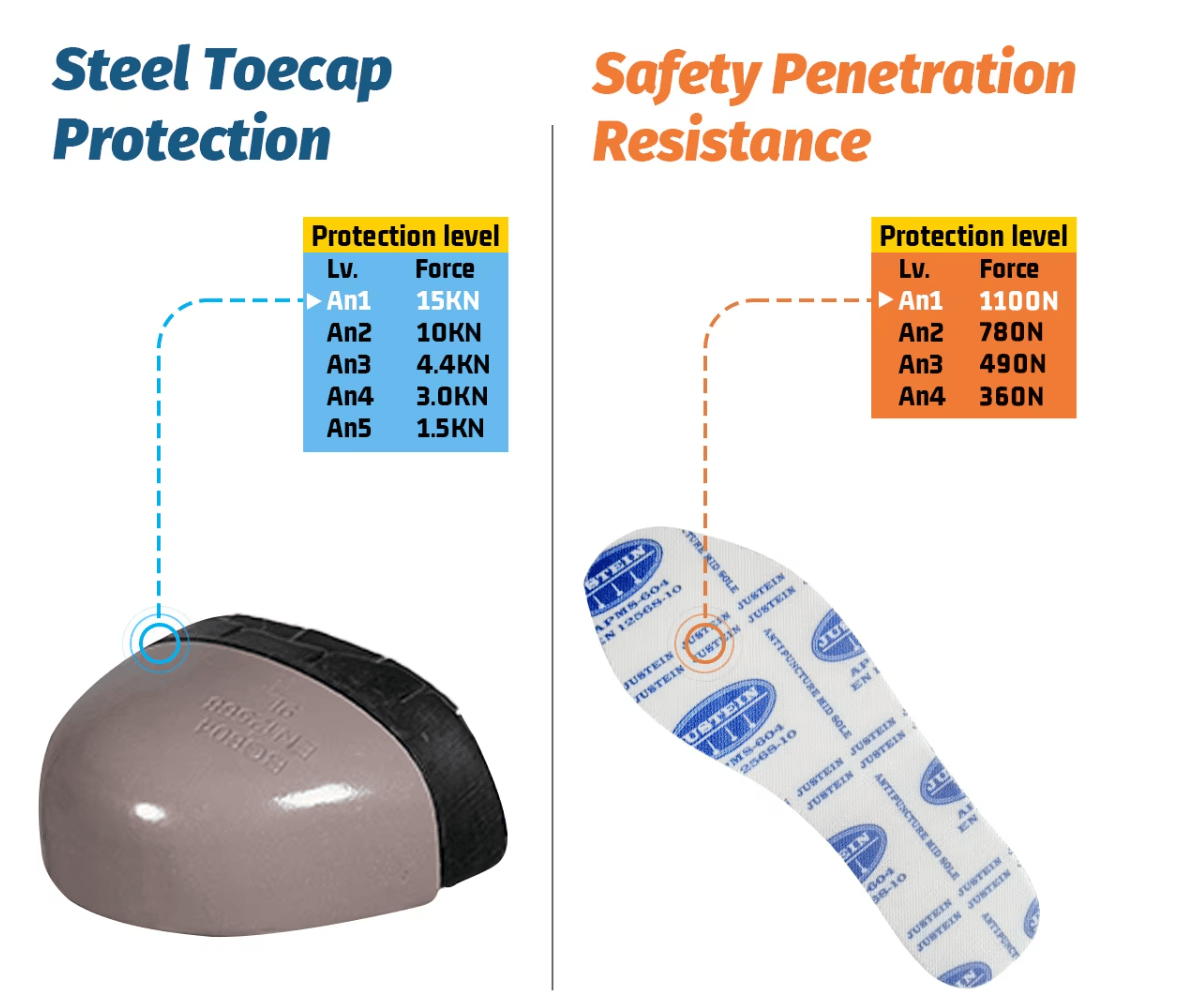

Choosing the right ESD (Electrostatic Discharge) Safety Footwear is essential for protecting both sensitive electronic components and workers in static-sensitive environments. Here's a clear guide to help you choose:
1. Know Your Work Environment
Ask yourself:
Are you in electronics manufacturing, semiconductor, cleanrooms, or explosive environments?
Do you need protection from electrical hazards or mechanical risks as well (e.g., heavy items dropping)?
2. Types of ESD Safety Footwear
Choose based on your job role:
| Footwear Type | Best For |
|---|---|
| ESD Safety Shoes | Workers needing toe protection and static control |
| ESD Composite Toe Shoes | When working near metal detectors or electrical risks |
| ESD Safety Boots | Extra ankle support and rugged conditions |
| ESD Sandals or Slippers | Light-duty indoor use |
| Heel & Toe Straps | Temporary or lab use, less protection overall |
3. Check Key Specifications
| Feature | What to Look For |
|---|---|
| Electrical Resistance | Between 10⁵ to 10⁹ ohms (meets ANSI/ESD STM9.1, EN 61340) |
| Marking | ESD icon or “SD” (Static Dissipative) label |
| Toe Protection | Steel or composite toe cap if needed |
| Sole Material | PU or rubber soles are common; should be ESD-certified |
| Comfort & Fit | Lightweight, breathable, cushioned footbed |
4. Maintenance Matters
Clean soles regularly (dust and oils affect conductivity)
Test resistance monthly if required by your ESD program
Common Mistakes to Avoid
Don’t confuse ESD shoes with electrical hazard (EH) shoes – EH insulates you from electricity, but ESD safely dissipates it!
Don’t wear ESD footwear on non-ESD floors — always combine with ESD flooring or mats.
Recommended Brands
Skechers Work ESD Series
Safety Jogger ESD
Puma Safety ESD
Reebok Work ESD
